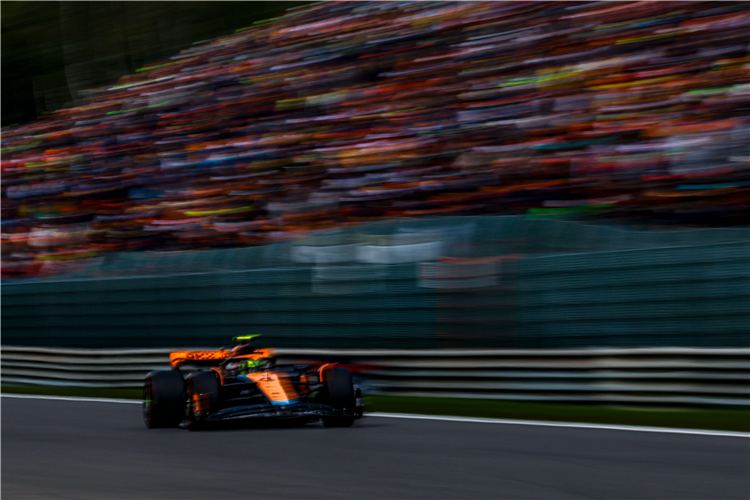Aston Martin's recent performances in Formula 1 have raised more questions than answers.
Despite introducing what was expected to be their most significant aerodynamic update of the year in Austin, the team have failed to deliver the results they anticipated, with Fernando Alonso and Lance Stroll failing to score any points in the past three races. So, what's going wrong for the British team?
The updates, which were meant to increase downforce and efficiency, have instead led to a car that is difficult to drive, especially in the crucial cornering phases. While Aston Martin have improved their lap time, rivals have made even greater strides, meaning the team's relative performance has stagnated.
Aston Martin's aim for 2024 was to develop a more driver-friendly car, with a more flexible platform that would be easier to adapt to throughout the season. The "360 Plan" called for frequent updates, unlike 2023's focus on two major packages.
However, the reality has been more complicated. Technical director Dan Fallows admitted that while they achieved some of their goals, they encountered unexpected issues with the car's behaviour.
"Although we partially met our goals, we discovered some handling problems and car characteristics that had remained hidden," Fallows explained in an interview with Racecar Engineering.
"We were able to uncover some of these issues, but as the season progressed, we realised there were still things we didn't fully understand. It's a problem many teams have faced, but they've been able to overcome it more quickly than we have."
Indeed, almost every team has experienced similar challenges during 2024, but Aston Martin's issues are perhaps more pronounced, especially when compared to dominant teams like Red Bull. Ferrari and Mercedes have also faced setbacks, but their performance levels have been far superior to that of Aston Martin's AMR24.
McLaren, on the other hand, has managed to find a competitive balance since the Miami Grand Prix, although their lack of a clear lead driver has been a limiting factor.
Experts like FormulaPassion.it suggest Aston Martin's struggles aren't just a matter of poor wind tunnel correlation, as often claimed. In fact, the updates appear to behave as expected in CFD (Computational Fluid Dynamics) and wind tunnel testing.
The real issue seems to be the unpredictable factors that only become apparent on track, such as the way the car transitions through different corners or the interaction between the floor and the ground.
Fallows acknowledged this, stating, "For the most part, the updates are performing as expected, but there are sometimes consequences that are slightly underestimated, or others we're aware of that have a greater-than-expected impact on performance." These subtle issues have prevented the team from achieving the consistency needed to make the car more predictable for the drivers.
Alonso's comments after finishing in Brazil were telling: "The more corners there are, the harder it is for us. On the straights, we're fine, it's just about accelerating and keeping the wheel straight. It's been a tough period; we've now had eight or nine races where we've been at the back."
As the season heads into its final stages, Aston Martin will look to make the most of the new parts they've introduced. The next race, the 2024 Las Vegas Grand Prix, will take place on November 24 at a street circuit that could suit the team's strengths, with high-speed straights and tight corners, but it remains to be seen whether they can turn their fortunes around.




